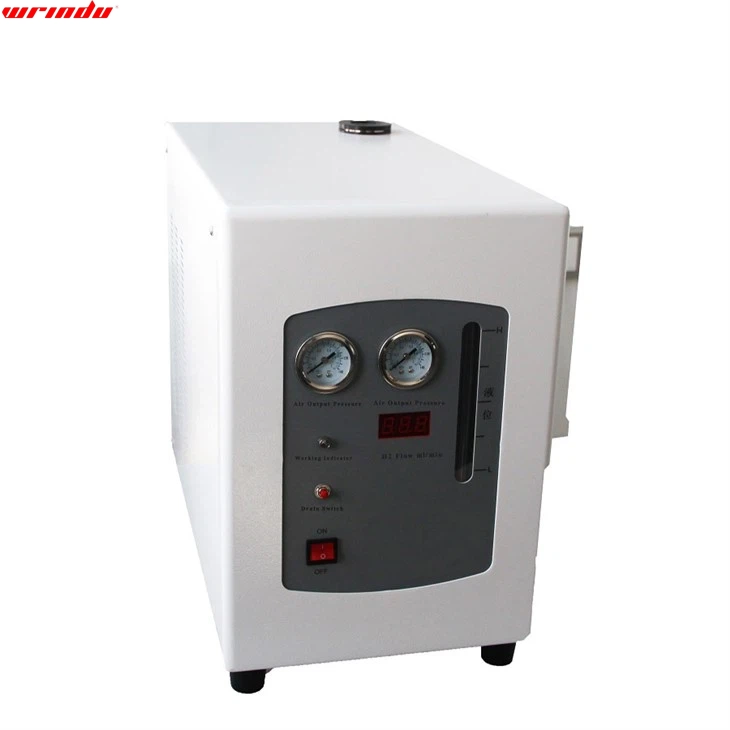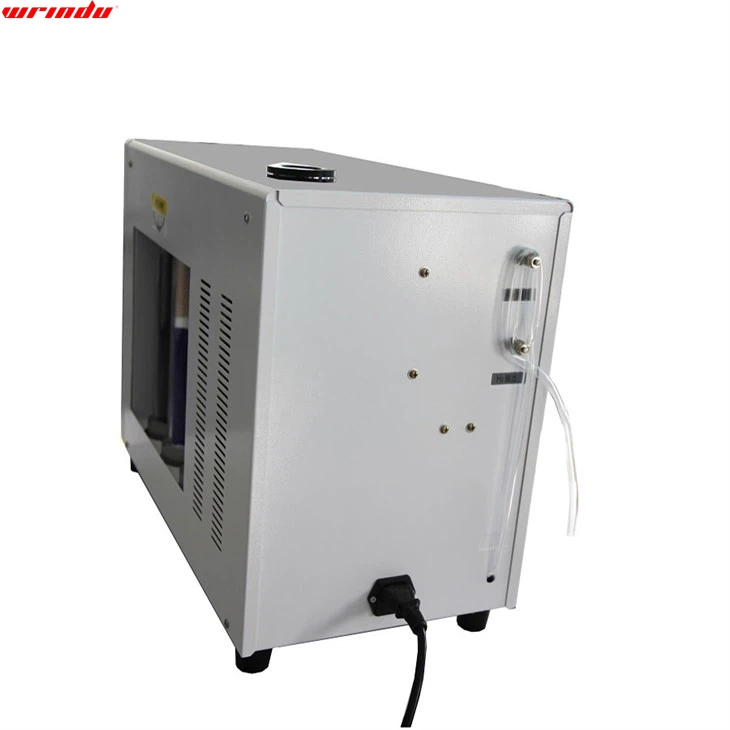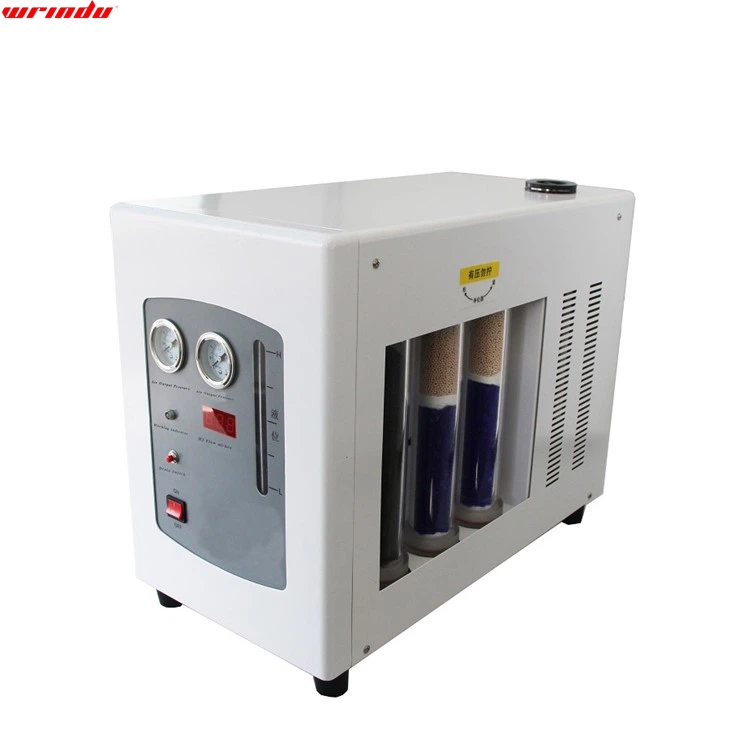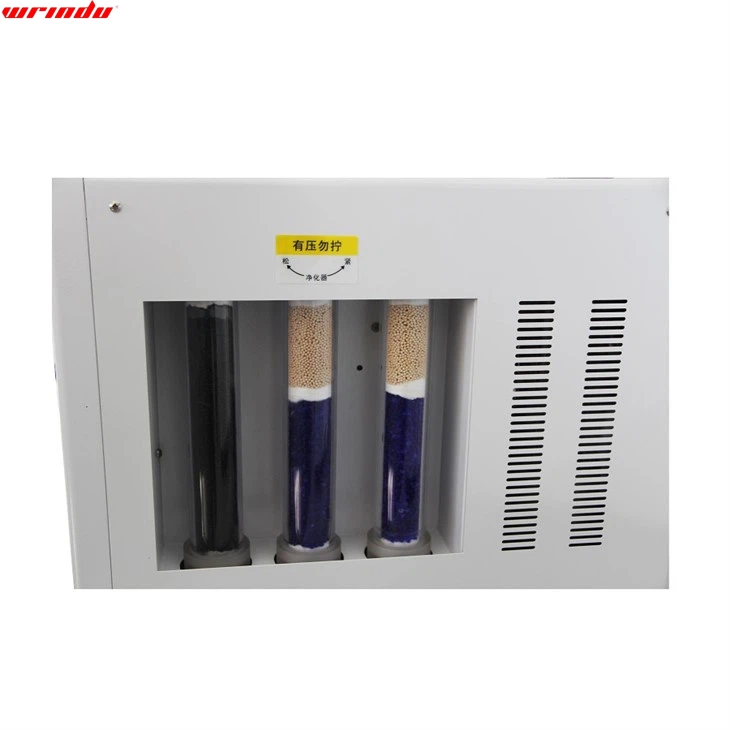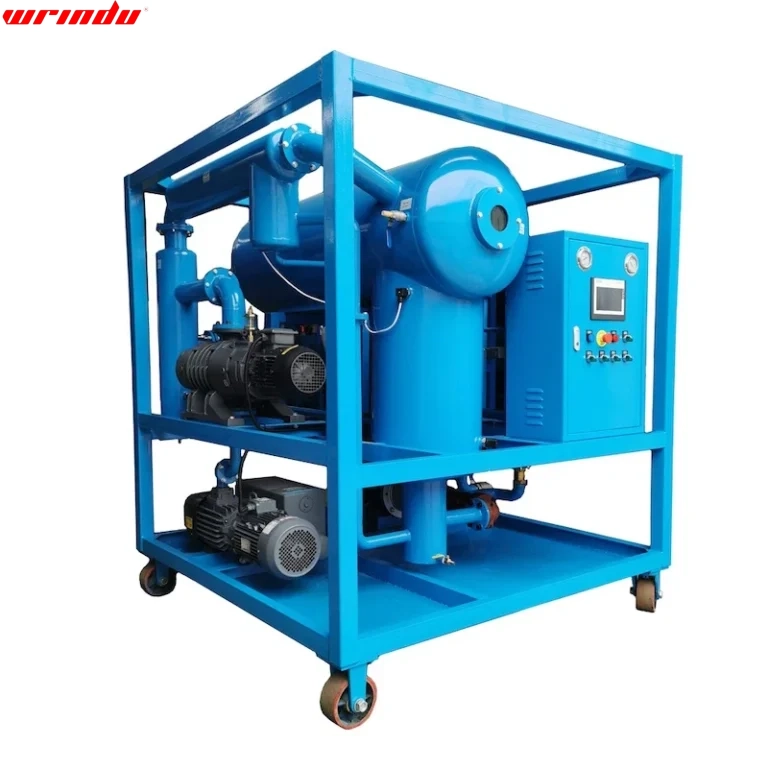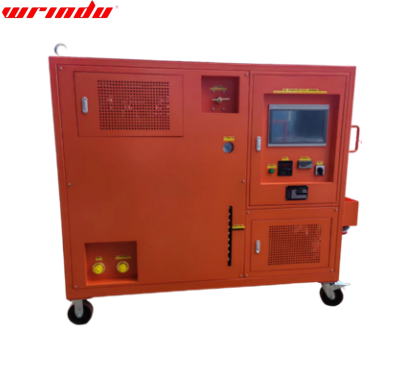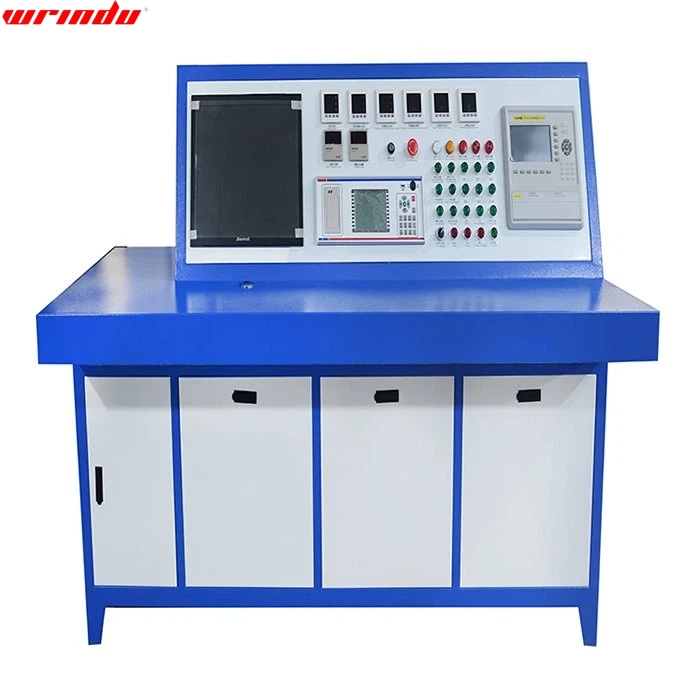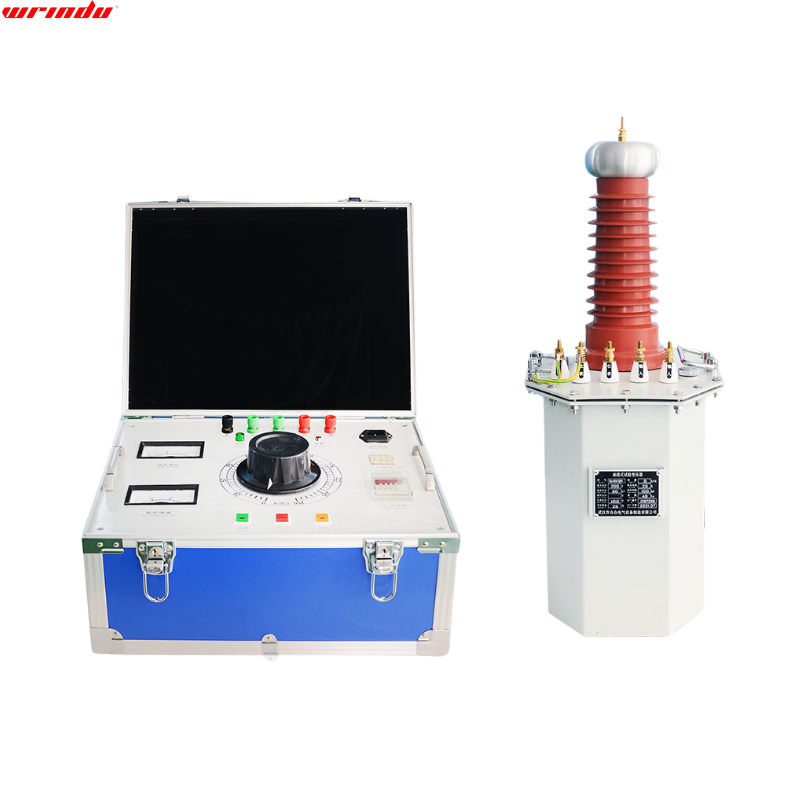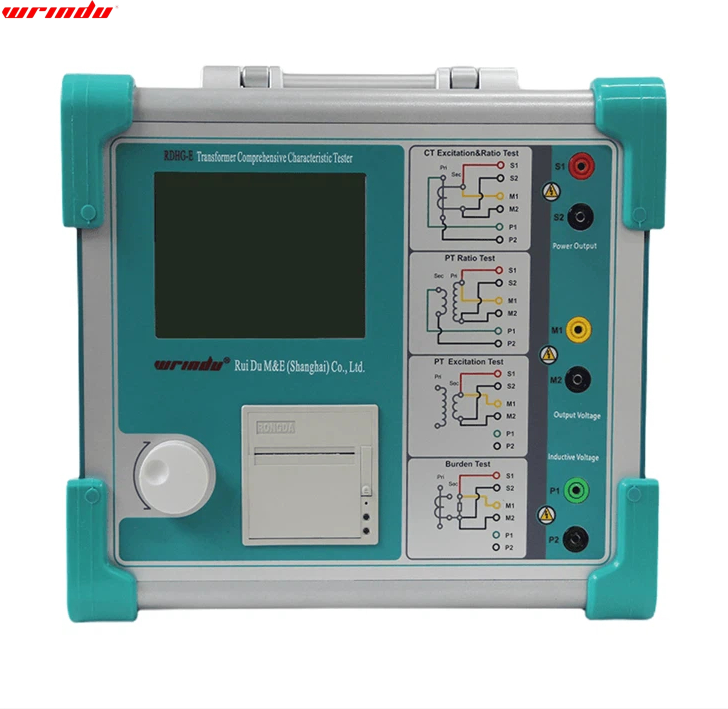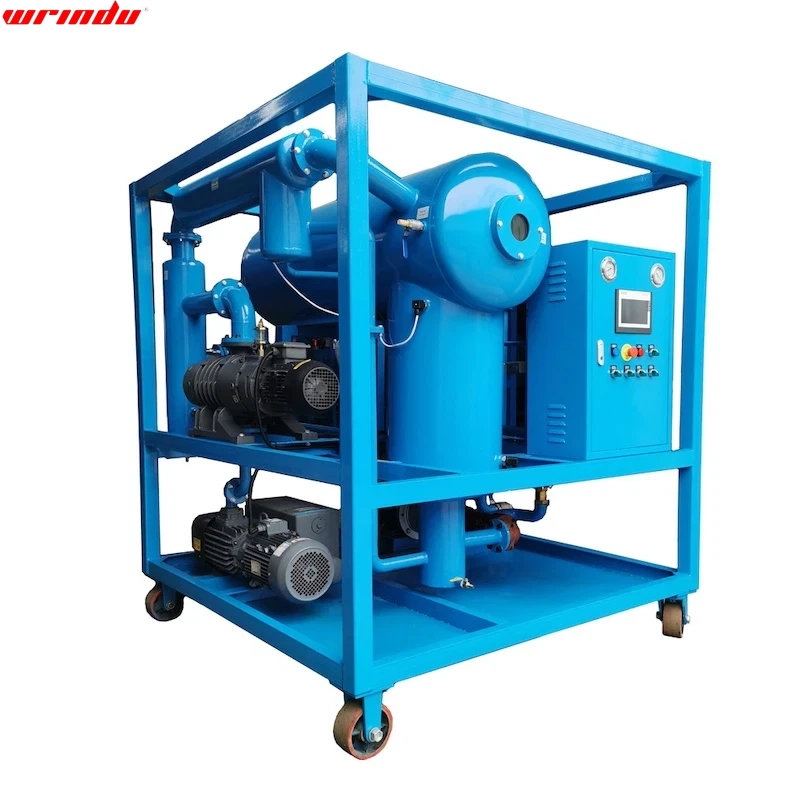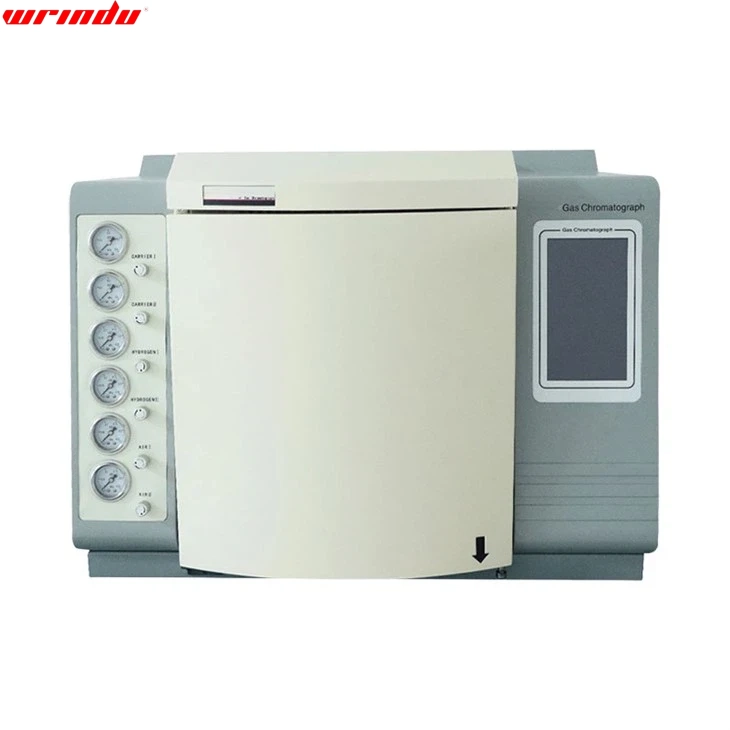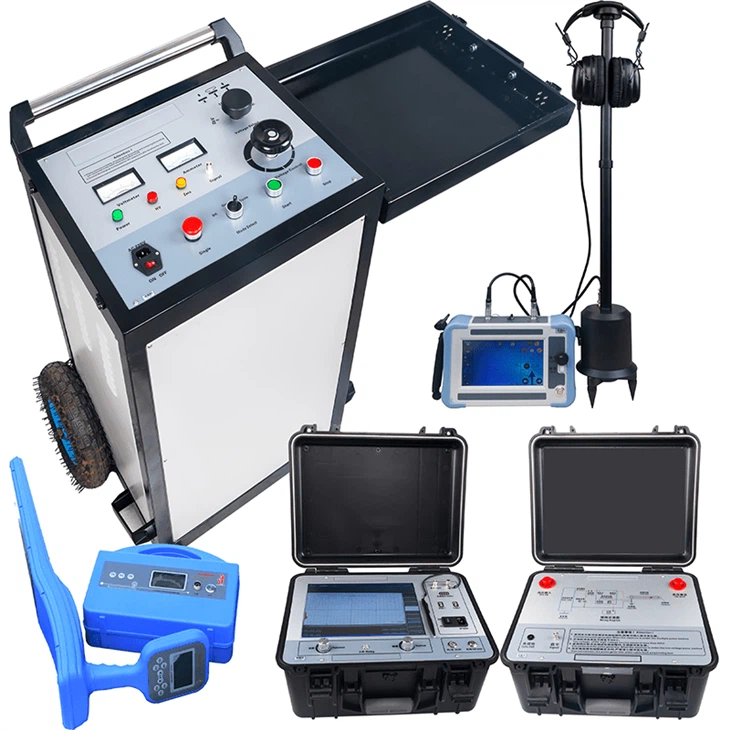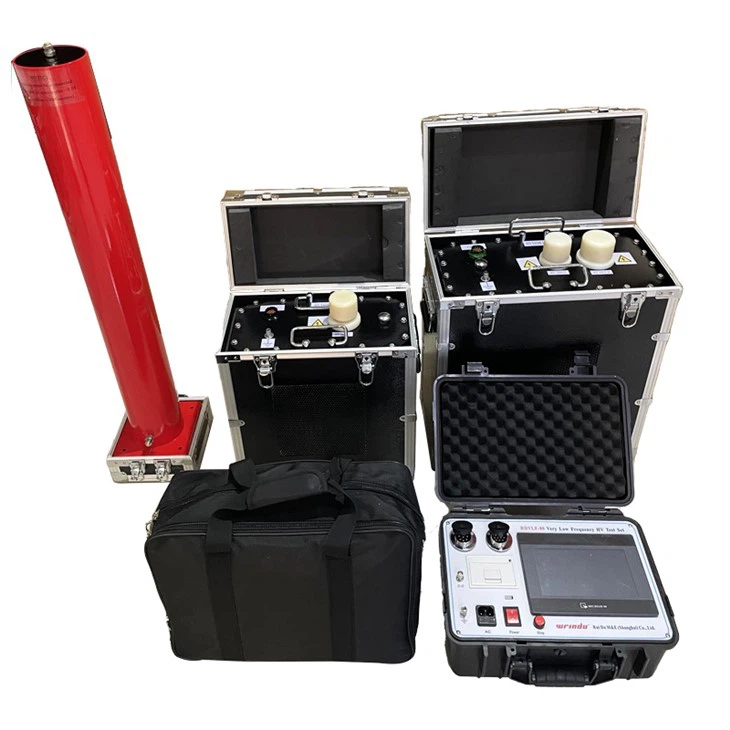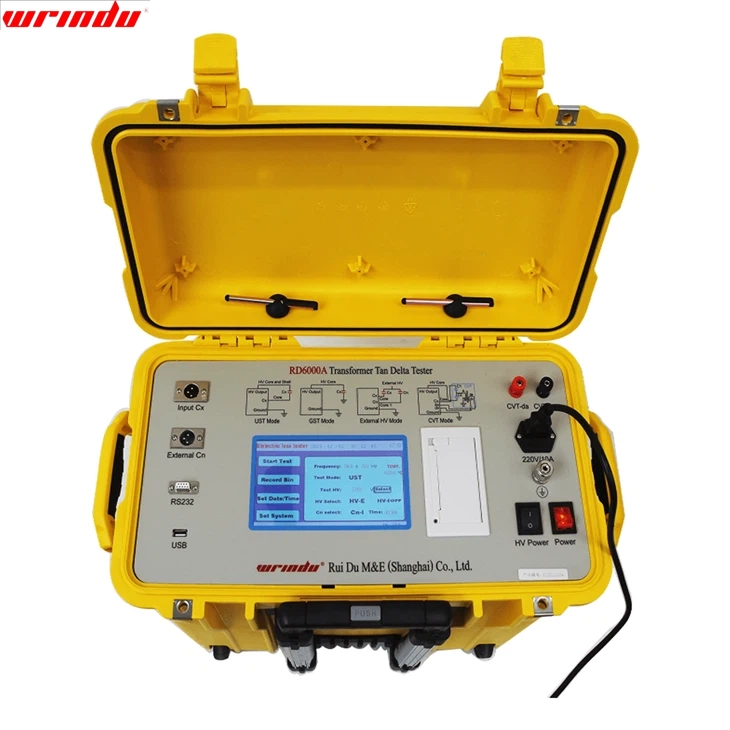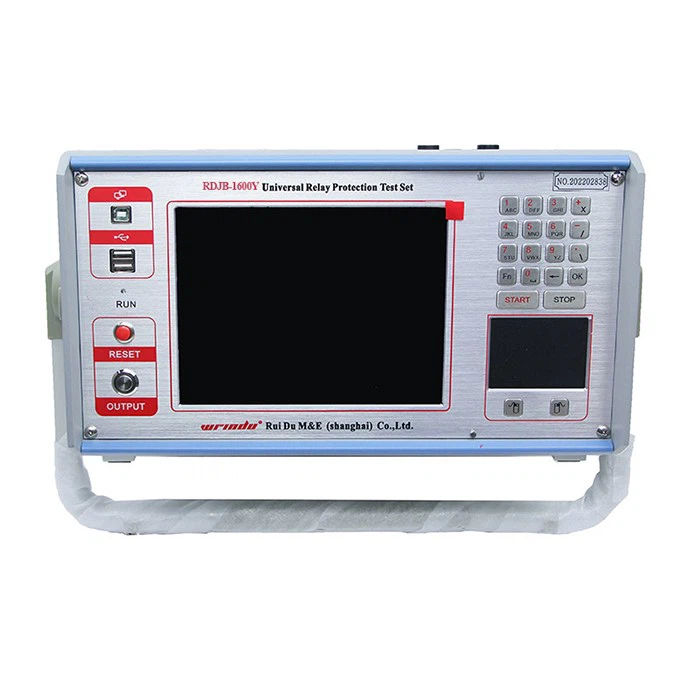OVERVIEW
RDHA – 3402 hydrogen oxygen generator integrates hydrogen and air generation functions. It is a new generation product developed by our company based on the original high-purity hydrogen generator and air generator, combining cutting-edge technology to meet market demand. The instrument can produce hydrogen with a purity of up to 99.999%% and air that meets 0-0.4 MPa. It can be used as a gas source for gas chromatographs, effectively replacing the high-pressure gas cylinders commonly used in laboratories, significantly improving the convenience and safety of the analysis process. Its operation is effortless. Just turn on the power switch to continuously produce gas at a rate of 0-300 mL/min.
CHARACTERISTIC
1. Equipped with multiple protection devices to ensure safe and reliable use.
2. The hydrogen oxygen generator has a clear and intuitive flow display.
3. The hydrogen electrolytic cell adopts an anti-alkali return device to effectively prevent alkali return in the gas line.
4. The air system adopts a two-stage pressure stabilization design to ensure stable output pressure.
For more information about oil chromatography testing equipment, please click More.
To request the latest quotes, please click Contact Us.
FAQ
Q: How much energy does hydrogen and oxygen produce?
A: When hydrogen reacts with oxygen, the combustion reaction releases 286,000 joules of energy per mole of hydrogen gas. The chemical reaction is represented as H₂ + ½ O₂ → H₂O, where the energy released corresponds to the amount produced when one mole of hydrogen is burned.
Q: How much power can a hydrogen fuel cell generate?
A: 0.5 V to 0.8 V
A typical hydrogen fuel cell generates a voltage between 0.5 V and 0.8 V per cell. Multiple cells can be connected in series to increase the overall voltage.
Q: How can electricity from the hydrogen oxygen cell be produced?
A: Electricity is produced in a hydrogen-oxygen fuel cell by feeding hydrogen to the anode and air to the cathode. At the anode, a catalyst splits hydrogen molecules into protons and electrons. The electrons travel through an external circuit, generating an electric current, while the protons move towards the cathode.




